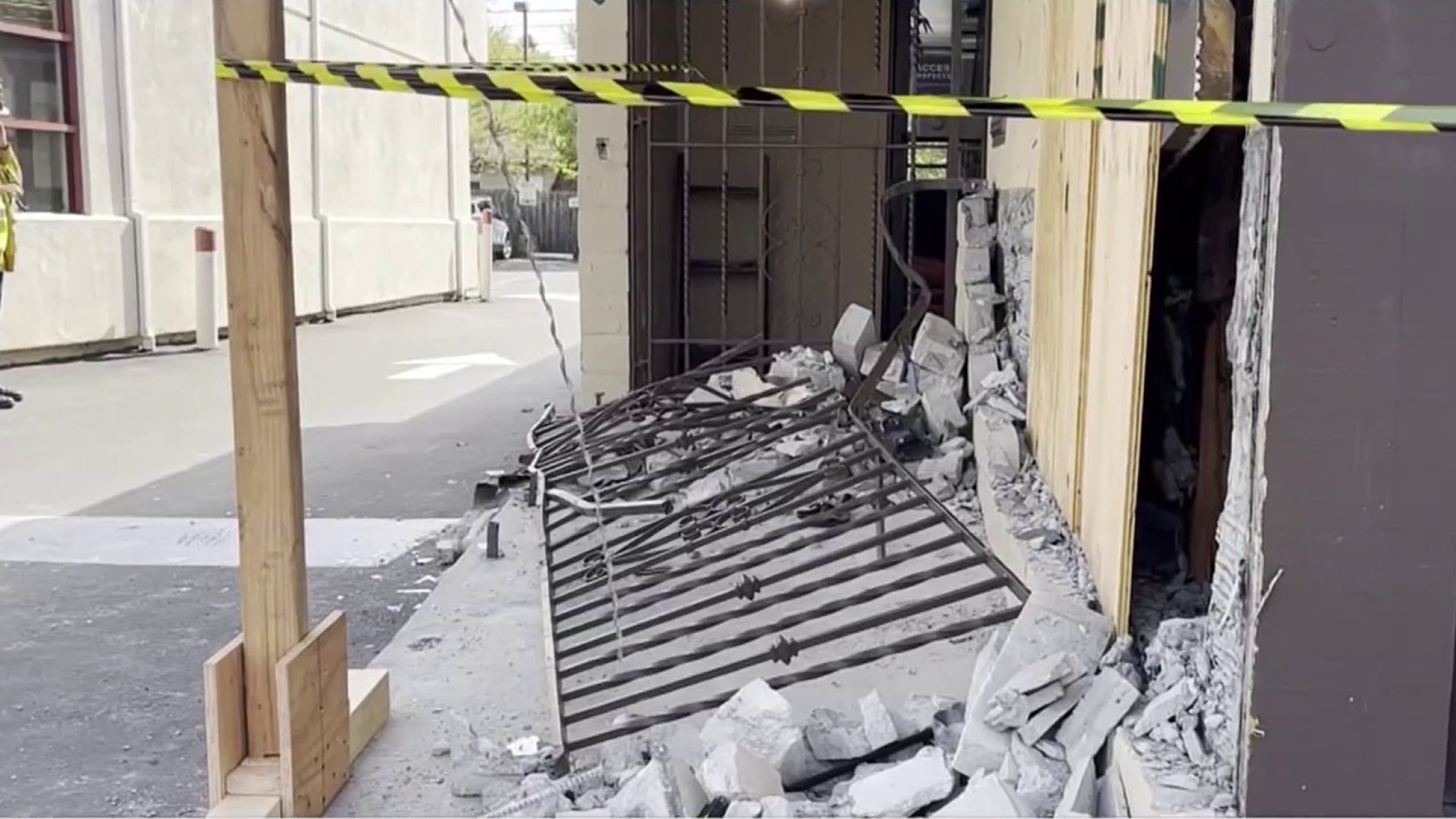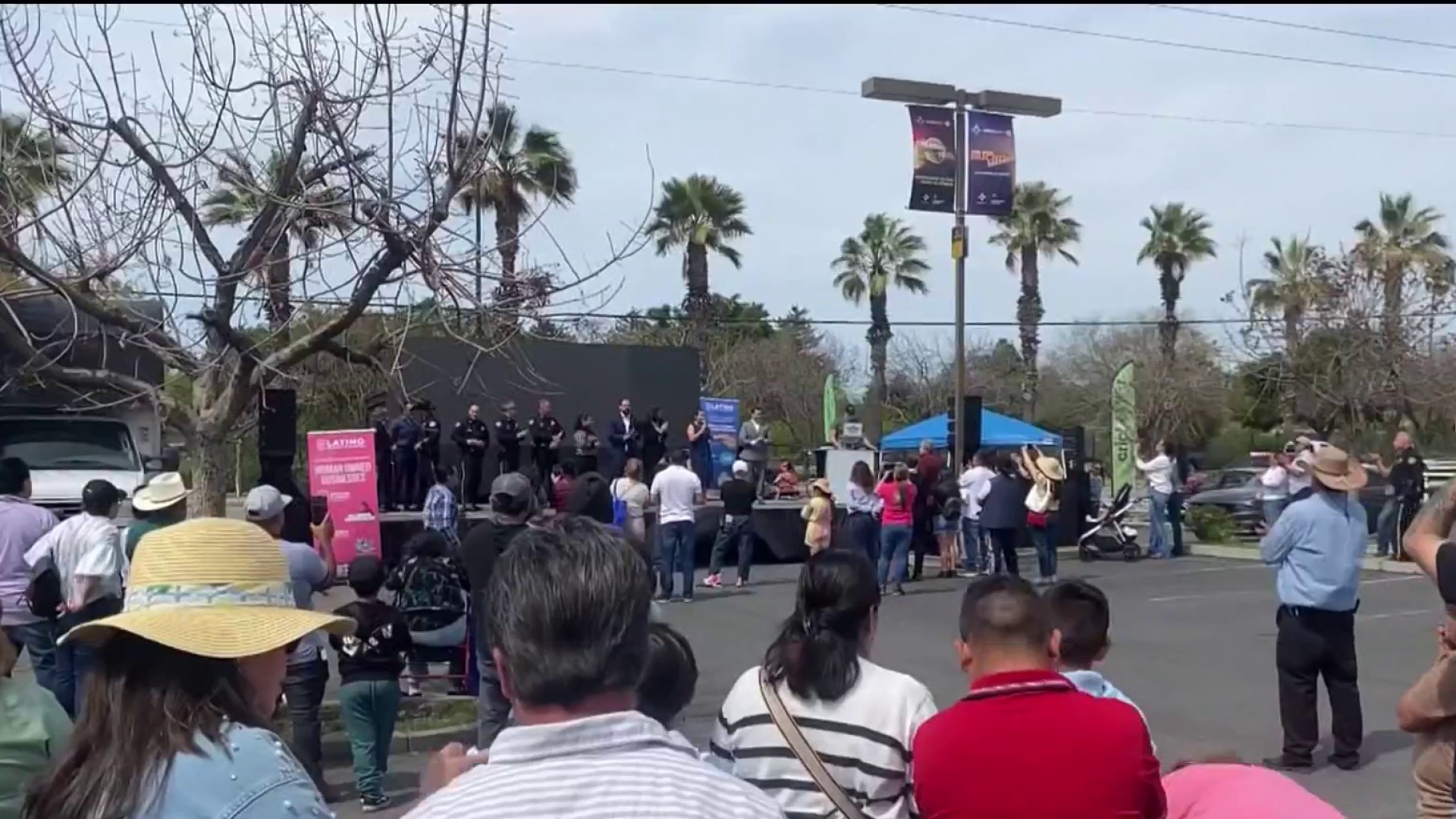The NBC Bay Area Investigative Unit compared San Jose Airport’s emergency preparedness to other airports of similar size and found it fell behind those airports without breaking FAA rules. Senior Investigative reporter Stephen Stock reports in a story that first aired May 19, 2015.
San Jose Mineta International Airport (SJC) ranks 41st on the list of busiest airports in the country, but an NBC Bay Area Investigation found the airport falls behind other similar sized airports in staffing and hydrant placement.
More than a half-dozen critics say those shortcomings in SJC’s emergency response plans needlessly put air passengers at risk in the event of an accident.
The NBC Bay Area Investigative Unit compared SJC’s emergency response plans to 10 other airports similar to SJC in size and passenger traffic according to FAA rankings. San Jose ranked at the bottom of those airports in number of personnel available for initial response to an emergency on the airfield.
But SJC’s emergency plan still complies with current FAA rules. The FAA does not set minimum standards when it comes to staffing airport fire departments. It does set a minimum for number of trucks based on the size of the airport. San Jose’s fire station 20, located on the airport grounds, is required to have two Aircraft Rescue and Firefighting Trucks, or ARFFS. The station currently houses three ARFFs, one more than the FAA requires.

When Asiana Flight 214 crashed at SFO, San Francisco’s airport fire station had 23 firefighters on duty. According to the National Transportation Safety Board (NTSB), all those firefighters arrived at the scene of the Asiana crash within five minutes of the accident. The first ARFF truck arrived on scene within 3 minutes. The official NTSB investigation lauded the staffing level, saying it was “instrumental” in responding quickly and saving lives.
While SFO is a larger airport than SJC with a higher level of readiness required by the FAA, some say more needs to be done at Silicon Valley’s gateway airport.
“I think that San Jose is moderately inadequate,” Les Omans, a former San Jose firefighter who worked at SJC told NBC Bay Area. After his time at Station 20, he started an ARFF consulting company where he developed and taught ARFF training courses used by airports around the world.
Omans served on the aviation rulemaking advisory committee for the FAA that a decade ago issued a report that recommended the feds require more ARFF equipment, training and personnel at all airports around the country. Those recommendations were never adopted.
“It’s terribly disturbing to me,” said John Carr, also a former SJFD firefighter and Oman’s business partner.
Local
When Omans and Carr worked at the SJC station in the 1970s and 80s, they had six firefighters per shift. Now the station only has four: three firefighters and a captain.
In the current emergency plan two firefighters man two ARFF trucks and the Captain directs them. That leaves only one person on the ground to help airline passengers evacuate until help arrives.
“So that gives you, what? That gives you two people to manage the eight slides,” Carr said. “It’s better than one, I guess.”
Carr and Omans both worry that with larger aircraft landing at SJC, the current staffing won’t be enough. A Boeing 787 carries up to 250 passengers. A Boeing 767 can have up to 290.
“There’s always more room for improvement and I totally understand that it’s a cost issue. Preparedness costs money,” Omans said. “I’d like to see one or two more firefighters out of the airport. I think they’ll be more effective, but overall the department has plenty of resources.”
San Jose Mineta Airport Director, Kim Becker, says SJC is prepared enough.
“The FAA says it’s good enough and the fire department is here and responding. We have those people on site. They are very, very well trained,” Becker told the Investigative Unit.
When asked if there is enough personnel to adequately respond to an emergency like the Asiana crash, Becker said, “no doubt about it.”
But the Chief of Operations at San Jose’s Fire Department, who is in charge of these emergency response plans, says he would like more people.
“It’s not enough. We’re automatically going to call additional resources,” said SJFD Operations Chief Robert Sapien. “As you can imagine, an airfield that involves a crash can be full of debris. There’s a great deal to do, so all four people on the apparatus have jobs to do and they’re very taxed initially in an incident.”
SJC Airport Director Becker points out that plans call for mutual aid from neighboring city fire departments to assist the crew in the event of an accident.
But this e-mail memo from fire officials shows that the average response times of the backup vehicles to the fence outside the airport is between 8 and 11 minutes.
10 minutes after Asiana Flight 214 crashed at SFO firefighters had already evacuated all passengers from the plane, according to NTSB reports.
Fire hydrants are another safety issue at San Jose. SJC has 22 hydrants around the perimeter, but none on the airfield. Of the ten airports we compared to SJC, three others did not have hydrants on the airfield.
“That’s a major issue right there,” Omans said. “In a crash out on the runway you don’t want to have your ARFF vehicles leaving the scene to go resupply with water.”
At SJC, the nearest hydrants are located at the edge of the field or at the gate where airplanes park, more than 1,000 feet from the center of the runways.
Becker told the Investigative Unit that officials chose not to install hydrants on the airfield during runway reconstruction.
“I think we have a great supply of water right out on the ramp area and all the way around the airfield, so I’m confident that they know what they’re doing, and they’ll be able to handle the fires,” Becker said.
“Would I like more resources more quickly? Absolutely,” Operations Chief Sapien told the Investigative Unit. “The speed in which we can achieve our operational objective certainly has been affected by a reduction of personnel.”
When asked if he wished he had more personnel, Chief Sapien replied: “Wish is a difficult word to respond to, but I will tell you that the fire department, certainly field operations, did propose additional personnel in this budget cycle that’s up for review by the budget office and the council,” he said.
The latest budget for 2015 shows that request for extra personnel at the airport’s fire station were not approved.



